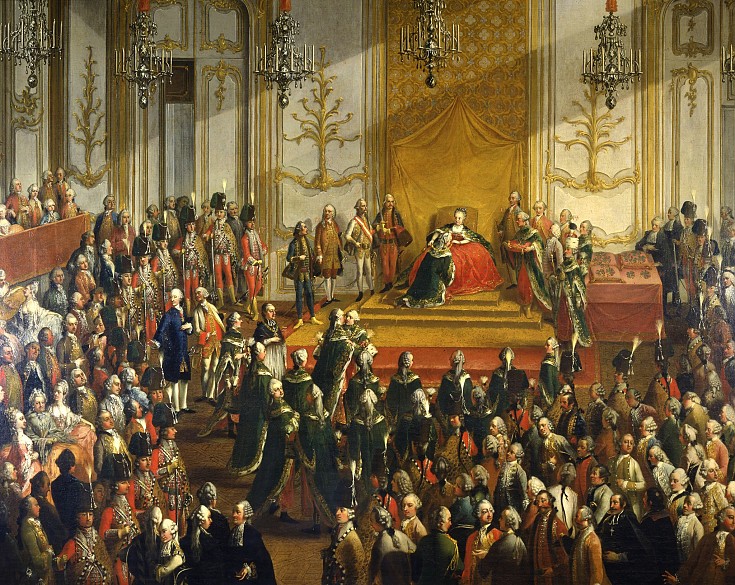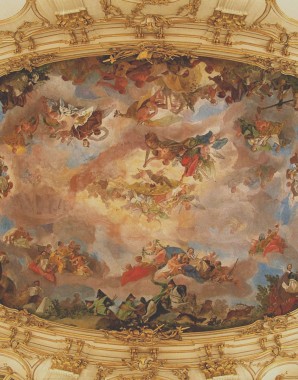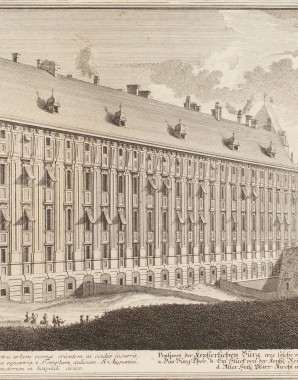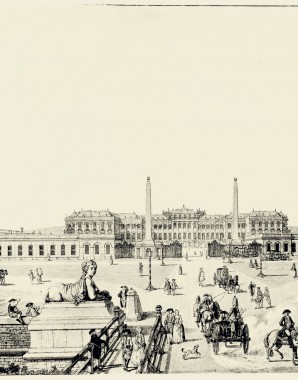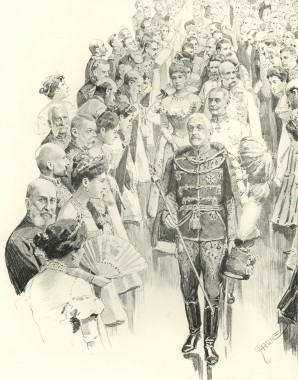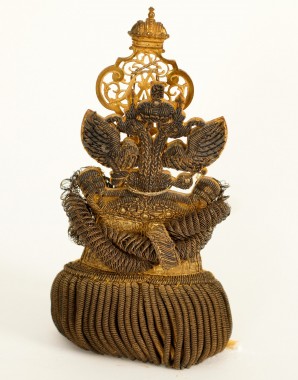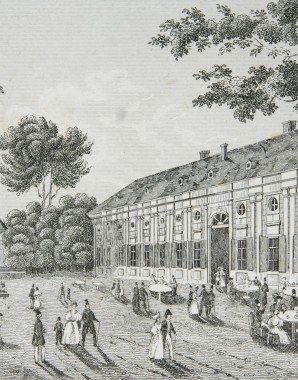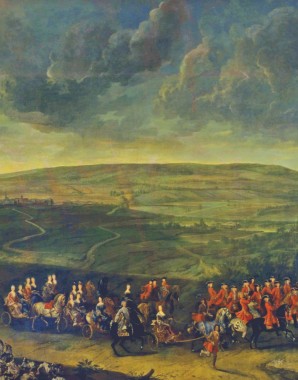With Pomp and Splendour
the Court and its Ceremonial
The size and power of attraction of the imperial Court, together with the huge expenditure on the Court household, was intended to bolster the claim of the Habsburgs to be the leading dynasty in Europe. What seems today like wasteful extravagance was in fact deliberate political strategy, as the Viennese Court was in constant rivalry with the other courts of Europe.
Behind this magnificent façade was a complex social system characterized by strict hierarchies: a universe of its own with the monarch at its centre. Communal life at the Court was regulated by ceremonial, in the ritual order of events by which Court society displayed itself to the world outside. Each individual had his fixed role, the monarch as well as the aristocratic courtier.
The Viennese Court reached the apogee of its development in the late seventeenth and early eighteenth century. Under Maria Theresa a number of outmoded rules were eased, to be abolished entirely during the reign of Joseph II. In the nineteenth century, conservative traditionalism became the guiding principle at the Viennese Court as the symbol of the continuity of Habsburg power.
